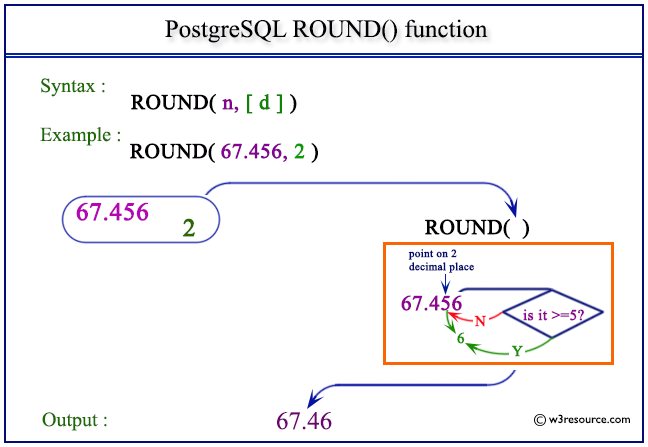

- POSTGRESQL XLOG POSITION INSTALL
- POSTGRESQL XLOG POSITION ARCHIVE
- POSTGRESQL XLOG POSITION PASSWORD
# larger than the number of segments generated between the beginning of # the standby server before shipping them, set the minimum number of segments

# To prevent the primary server from removing the WAL segments required for # Set the maximum number of concurrent connections from the standby servers. But you can choose "archive" if you never connect to the # To enable read-only queries on a standby server, wal_level must be set to Set up the streaming replication related parameters on the primary server. # The standby server must connect with a user that has replication privileges.

Set up connections and authentication on the primary so that the standby server can successfully connect to the replication pseudo-database on the primary.

POSTGRESQL XLOG POSITION PASSWORD
$ CREATE ROLE replication WITH REPLICATION PASSWORD 'password' LOGIN Create an user named replication with REPLICATION privileges. Create the initial database cluster in the primary server as usual, using initdb. This requires only configure, make and make install.
POSTGRESQL XLOG POSITION INSTALL
Install postgres in the primary and standby server as usual. NB: there is overlap between this section and Binary Replication Tutorial
Postgres doesn't provide any clustering feature. A user has to get a fresh backup whenever making the old standby catch up. To enable synchronous replication, see Synchronous Replication By default, SR supports operates in asynchronous manner, so the commit command might return a "success" to a client before the corresponding XLOG records are shipped to the standby. When smart/fast shutdown is requested, the primary waits to exit until XLOG records have been sent to the standby, up to the shutdown checkpoint record. The primary and standby report the progress of log-shipping in PS display. This prevents the standby from being automatically brought up by failure of recovery or network outage. The standby can keep waiting for activation as long as a user likes. A user can configure the same settings as a normal connection to a connection for SR (e.g., keepalive, pg_hba.conf). If there is no XLOG files on the standby, the standby requests XLOG records following the starting XLOG location of recovery (the redo starting location). Similarly, XLOG files in pg_xlog are also replayed before starting log-shipping. This prevents XLOG files already present in the standby from being shipped again. Then the standby requests XLOG records following the last applied one to the primary. POSTGRESQL XLOG POSITION ARCHIVE
If there are XLOG files in archive directory and restore_command is supplied, at first those files are replayed. The standby can be started in various conditions. The start of log-shipping does not interfere with any query processing on the primary. The standby periodically removes old XLOG files which are no longer needed for recovery, to prevent excessive disk usage. The combination of Hot Standby and SR would make the latest data inserted into the primary visible in the standby almost immediately. XLOG records shipped are replayed as soon as possible without waiting until XLOG file has been filled. The standby continuously replays XLOG records shipped without using pg_standby. The maximum number of standbys can be specified as a GUC variable. The delay/death of a standby does not harm log-shipping to other standbys. XLOG records are concurrently shipped to all these standbys. More than one standby can establish a connection to the primary for SR. XLOG files shipped can be used for a normal recovery and PITR. The content of XLOG files written to the standby are exactly the same as those on the primary. This means the window for data loss in SR is usually smaller than in warm standby, unless the warm standby was also configured for record-based shipping (which is complicated to setup). In SR, XLOG records in partially-filled XLOG file are shipped too, implementing record-based log-shipping. In the existing warm standby, only records in a filled file are shipped, what's referred to as file-based log-shipping. XLOG records generated in the primary are periodically shipped to the standby via the network. Synchronous Log Shipping Replication Presentation introduces the early design of the feature. SR was developed for inclusion in PostgreSQL 9.0 by NTT OSS Center. 1 Developer and historical details on the projectĭeveloper and historical details on the project.








 0 kommentar(er)
0 kommentar(er)
